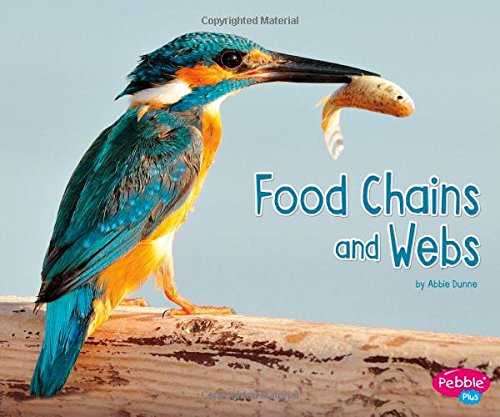-
Push and Pull
Hollie J. Endres
Library Binding (Capstone Press, Sept. 1, 2004)Photographs and easy-to-read text illustrate how various objects can be moved by pushing or pulling them. H
H
-
Scientists at Work
Susan Ring
Library Binding (Capstone Press, Jan. 1, 2006)Ring, Susan L
L
-
Illustrated Guide to Astronomical Wonders: From Novice to Master Observer
Robert Bruce Thompson, Barbara Fritchman Thompson
Paperback (Make Community, LLC, Nov. 10, 2007)With the advent of inexpensive, high-power telescopes priced at under $250, amateur astronomy is now within the reach of anyone, and this is the ideal book to get you started. The Illustrated Guide to Astronomical Wonders offers you a guide to the equipment you need, and shows you how and where to find hundreds of spectacular objects in the deep sky -- double and multiple stars as well as spectacular star clusters, nebulae, and galaxies.You get a solid grounding in the fundamental concepts and terminology of astronomy, and specific advice about choosing, buying, using, and maintaining the equipment required for observing. The Illustrated Guide to Astronomical Wonders is designed to be used in the field under the special red-colored lighting used by astronomers, and includes recommended observing targets for beginners and intermediate observers alike. You get detailed start charts and specific information about the best celestial objects.The objects in this book were chosen to help you meet the requirements for several lists of objects compiled by The Astronomical League.Binocular Messier ClubUrban Observing ClubDeep Sky Binocular ClubDouble Star ClubRASC Finest NGC ListCompleting the list for a particular observing club entitles anyone who is a member of the Astronomical League or RASC to an award, which includes a certificate and, in some cases, a lapel pin.This book is perfect for amateur astronomers, students, teachers, or anyone who is ready to dive into this rewarding hobby. Who knows? You might even find a new object, like amateur astronomer Jay McNeil. On a clear cold night in January 2004, he spotted a previously undiscovered celestial object near Orion, now called McNeil's Nebula. Discover what awaits you in the night sky with the Illustrated Guide to Astronomical Wonders. Z
Z
-
Seeing Is Believing
Elena Martin
Library Binding (Capstone Press, Jan. 1, 2006)Introduces some of the tools that scientists use including microscopes and telescopes. K
K
-
Bubbles Float, Bubbles Pop
Mark Andrew Weakland
Paperback (Capstone Press, Feb. 1, 2011)What makes a bubble float? Are the bubbles in your soda the same as the bubbles in your tub? What makes a bubble pop? Discover the wonder and science of bubbles in Bubbles Float, Bubbles Pop. M
M
-
Make It Move!
Jennifer VanVoorst
Library Binding (Capstone Press, Sept. 1, 2004)VanVoorst, Jennifer N
N
-
What Is an Insect?
Lisa Trumbauer
Library Binding (Capstone Press, Jan. 1, 2006)Text and photographs present insects. B
B
-
Magnets Push, Magnets Pull
Mark Andrew Weakland
Paperback (Capstone Press, Feb. 1, 2011)Can a magnet really crush a car? How do magnets stick to the fridge without tape or glue? Discover the wonder and science of magnets in Magnets Push, Magnets Pull. O
O
-
Super Science: Matter Matters!
Tom Adams, Thomas Flintman
Hardcover (Templar, Aug. 14, 2012)It’s pop-up chemistry chaos in this novelty-packed exploration of the science of matter.This science series is a breath of fresh air, explaining key elements of science in a fun, straightforward way. The engaging, lighthearted text is perfectly complemented by the humorous, comic-book style illustrations. Explore atoms, molecules, reactions, elements, radioactivity and other aspects of chemistry with interactive novelties and fun experiment suggestions on every spread. J
J
-
Glencoe Life iScience, Grade 7, Science Notebook
McGraw-Hill
Paperback (McGraw-Hill Education, Aug. 30, 2010)Based on the Cornell note-taking format, this resource incorporates writing into the learning process. Directly linked to the student text, this notebook provides a systematic approach to learning science by encouraging students to engage by summarizing and synthesizing abstract concepts in their own words E
E
-
Food Chains and Webs
Abbie Dunne
Paperback (Capstone Press, Aug. 1, 2016)Simple text and bright photographs explain the concept of food chains and webs for beginning readers. The book concludes with a simple, kid-friendly activity. M
M
-
Keeping Warm
Alan Rubin
Library Binding (Capstone Press, Jan. 1, 2003)Rubin, Alan E
E